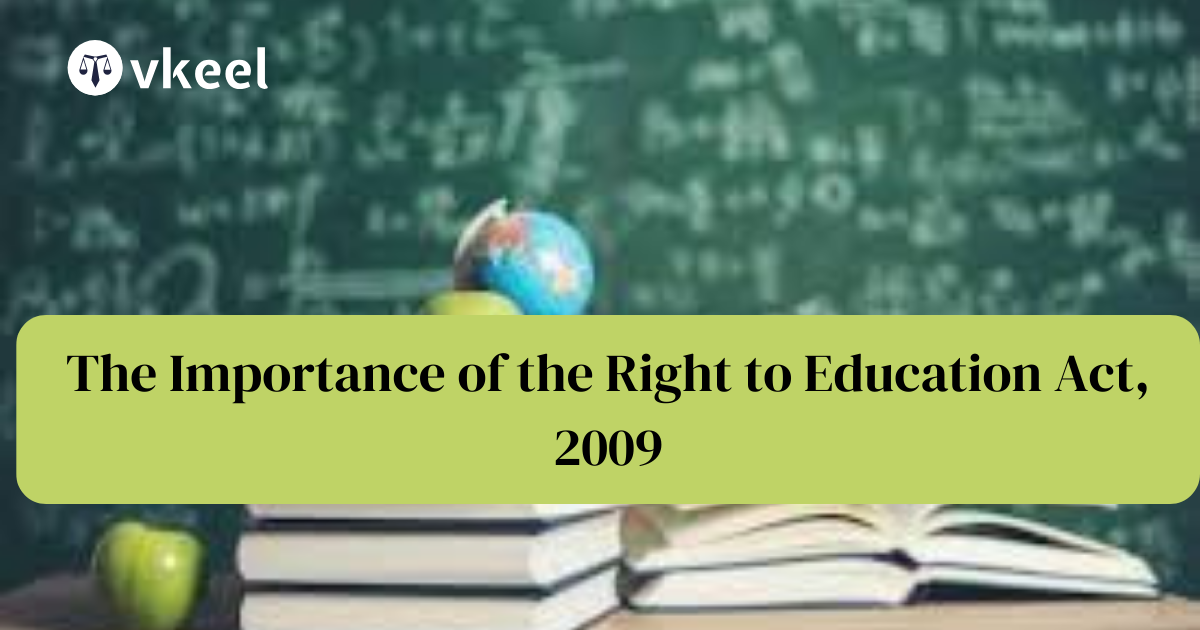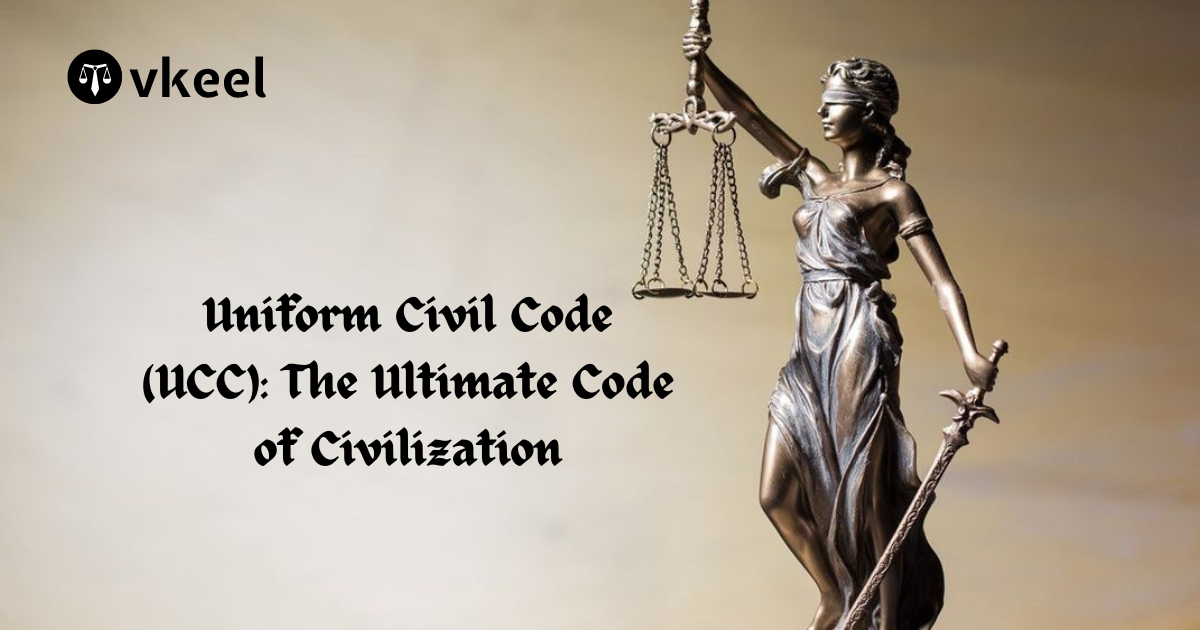The Importance of the Right to Education Act, 2009
By Himanshu Kumar
Table of Contents
Introduction
The Right of Children to Free and Compulsory Education Act, 2009 (RTE Act) is a landmark legislation in India aimed at providing free and compulsory education to all children aged 6 to 14 years. This act is rooted in the belief that education is a fundamental right of every child and is essential for the overall development of the nation. The RTE Act marks a significant shift in India’s educational landscape, ensuring that every child, regardless of their socio-economic background, has access to quality education.
Promoting the right to education is essential for fostering equitable and inclusive societies. Education empowers individuals by providing them with the knowledge and skills necessary to improve their lives and contribute meaningfully to their communities. It serves as a powerful tool for breaking the cycle of poverty, as educated individuals are more likely to secure better employment opportunities and improve their economic standing. Additionally, education promotes social cohesion and reduces inequalities by ensuring that all individuals, regardless of their background, have access to opportunities that allow them to reach their full potential.
Furthermore, the right to education is a fundamental human right recognized by international conventions and agreements. By promoting education, governments and organizations uphold these commitments, contributing to the global advancement of human rights. Educated citizens are more likely to participate in democratic processes, advocate for their rights, and contribute to the development of more stable and just societies. Moreover, education drives innovation and economic growth, as a well-educated workforce can adapt to changing job markets and contribute to technological advancements. Thus, ensuring the right to education is not only a moral imperative but also a strategic investment in the future of societies worldwide.
Historical Context
Education has always been a pivotal element in India’s socio-economic development. The Indian Constitution, adopted in 1950, recognized the importance of education, mandating the state to provide free and compulsory education to children until they complete the age of 14 years under Article 45 of the Directive Principles of State Policy. However, the lack of specific legislation and effective implementation mechanisms delayed the realization of this goal.
The journey towards the RTE Act began with the 86th Constitutional Amendment Act, 2002, which inserted Article 21A in the Constitution, making education a fundamental right. This amendment mandated the state to provide free and compulsory education to all children aged 6 to 14 years. The RTE Act, 2009, was subsequently enacted to operationalize this constitutional mandate.
Key Provisions of the RTE Act
The RTE Act outlines several key provisions to ensure the realization of the right to education:
- Free and Compulsory Education: The Act mandates the provision of free and compulsory education to all children in the age group of 6 to 14 years. No child shall be liable to pay any kind of fee or charges that may prevent them from pursuing and completing their elementary education.
- Neighborhood Schools: The Act stipulates that children should have access to schools within their neighborhood. It also specifies norms and standards for establishing and maintaining these schools.
- Infrastructure and Teacher Standards: The Act prescribes minimum infrastructure standards and teacher-student ratios to ensure quality education. It mandates the appointment of qualified teachers and prohibits the employment of untrained teachers.
- Curriculum and Evaluation: The Act emphasizes the need for a child-friendly curriculum that promotes the all-round development of children. It also advocates for a comprehensive and continuous evaluation system instead of traditional exams.
- Special Provisions for Disadvantaged Groups: The Act includes provisions for the admission of children from disadvantaged groups and weaker sections in private unaided schools. It mandates that these schools reserve 25% of their seats for such children.
- Prohibition of Discrimination and Harassment: The Act prohibits physical punishment, mental harassment, discrimination based on gender, caste, or religion, and any form of unfair treatment of children.
Impact and Significance
The RTE Act has had a profound impact on India’s education system, leading to increased enrollment rates, especially among children from marginalized communities. By making education a fundamental right, the Act has empowered millions of children, enabling them to break free from the cycle of poverty and socio-economic deprivation.
- Increased Enrollment: The implementation of the RTE Act has significantly increased enrollment rates in primary and upper primary schools. The focus on inclusive education has brought more children from disadvantaged groups into the educational fold.
- Infrastructure Development: The Act has led to substantial improvements in school infrastructure, including the construction of classrooms, provision of drinking water and sanitation facilities, and ensuring a conducive learning environment.
- Teacher Training and Quality: The emphasis on qualified teachers has led to enhanced teacher training programs, improving the overall quality of education. The prohibition of untrained teachers has raised the standard of teaching in schools.
- Reduction in Dropout Rates: The Act has contributed to a reduction in dropout rates by addressing barriers such as financial constraints, lack of infrastructure, and discriminatory practices. The provision of mid-day meals has also incentivized attendance.
- Holistic Development: The RTE Act’s focus on a child-friendly curriculum and continuous evaluation has shifted the focus from rote learning to holistic development. This approach nurtures creativity, critical thinking, and overall personality development.
Case Laws and Judicial Interpretation
Several landmark judgments by the Indian judiciary have reinforced the importance and scope of the RTE Act:
- Society for Unaided Private Schools of Rajasthan v. Union of India (2012): In this case, the Supreme Court upheld the constitutional validity of the RTE Act. The Court ruled that the provision mandating private unaided schools to reserve 25% of their seats for children from disadvantaged groups is constitutionally valid and not in violation of Article 19(1)(g) (right to practice any profession or to carry on any occupation, trade, or business).
- Environmental & Consumer Protection Foundation v. Delhi Administration (2012): The Supreme Court emphasized the importance of implementing the infrastructure norms stipulated in the RTE Act. The Court directed the states and union territories to ensure compliance with these norms to provide a conducive learning environment for children.
- State of Tamil Nadu v. K. Shyam Sunder (2011): The Supreme Court highlighted the need for a uniform curriculum in schools to promote equality and social justice. The Court ruled that the state governments should adopt a common syllabus to ensure equal educational opportunities for all children.
- Avinash Mehrotra v. Union of India (2009): This case underscored the importance of safety in schools. The Supreme Court directed the central and state governments to ensure that all schools comply with safety norms, including provisions for fire safety, sanitation, and drinking water facilities.
Amendments and Challenges
While the RTE Act has brought about significant positive changes, it has also faced several challenges and criticisms. Addressing these challenges requires continuous amendments and policy interventions.
- Quality of Education: Despite increased enrollment, the quality of education remains a concern. The learning outcomes in many schools are still below the desired levels. Continuous efforts are needed to improve teaching methodologies and ensure effective implementation of the curriculum.
- Infrastructure Gaps: While there have been improvements, many schools still lack adequate infrastructure. Addressing these gaps requires sustained investment and monitoring.
- Teacher Shortage and Training: The shortage of qualified teachers and the need for continuous professional development are critical issues. The government must focus on recruiting and training teachers to meet the standards prescribed by the RTE Act.
- Implementation and Monitoring: Effective implementation and monitoring mechanisms are essential to ensure compliance with the provisions of the RTE Act. Strengthening the administrative framework and involving local communities can enhance accountability.
Recent Amendments
The RTE Act has undergone several amendments to address emerging challenges and enhance its effectiveness:
- RTE Amendment Act, 2019: This amendment introduced provisions for assessing learning outcomes and remedial teaching. It emphasized the need for periodic assessments to identify learning gaps and provide targeted support to students.
- Extension to Pre-Primary Education: The scope of the RTE Act has been expanded to include pre-primary education. This amendment aims to ensure a strong foundation for children before they enter formal schooling.
- Inclusion of Disabled Children: The Act has been amended to strengthen provisions for the inclusion of children with disabilities. It mandates the appointment of special educators and the provision of necessary infrastructure to support inclusive education.
Conclusion
The Right to Education Act, 2009, is a transformative piece of legislation that has the potential to shape the future of India by ensuring that every child has access to quality education. The Act has brought about significant improvements in enrollment, infrastructure, and teacher quality. However, continuous efforts are needed to address the challenges of quality, implementation, and monitoring.
The success of the RTE Act lies in the collective efforts of the government, educators, parents, and communities. By working together, India can ensure that every child, regardless of their background, has the opportunity to realize their full potential through education. The Right to Education is not just a legal mandate; it is a moral and social imperative that holds the key to the nation’s progress and prosperity.
Disclaimer:
The information provided in the article is for general informational purposes only, and is not intended to constitute legal advice or to be relied upon as a substitute for legal advice. Furthermore, any information contained in the article is not guaranteed to be current, complete or accurate. If you require legal advice or representation, you should contact an attorney or law firm directly. We are not responsible for any damages resulting from any reliance on the content of this website.










